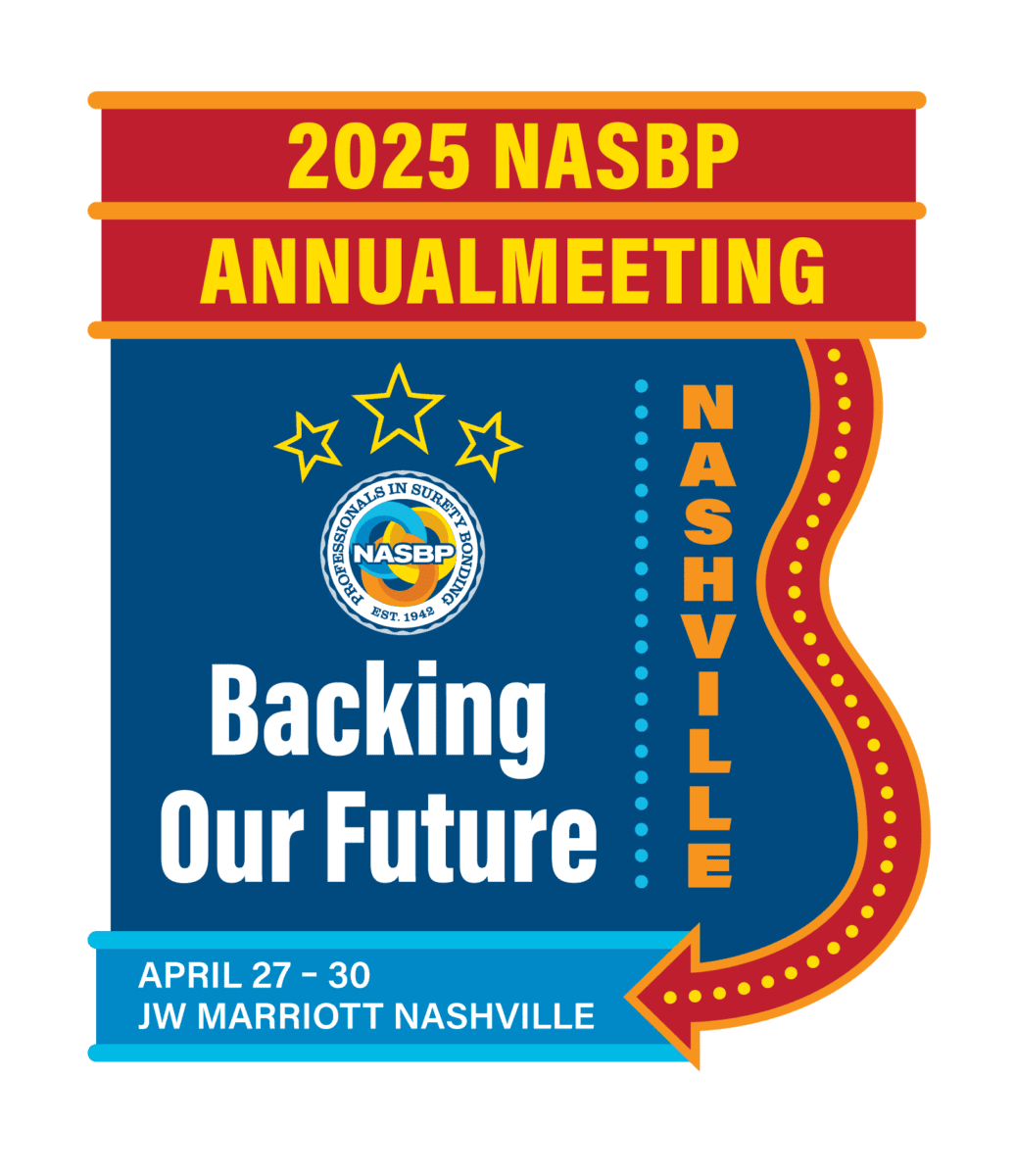Averting a Federal Highway Trust Fund Shutdown Next Year
While it is difficult to measure the impact of the recent federal government shutdown on the highway and transportation construction industry yet, a very different and perhaps more threatening sort of shutdown looms less than a year away. This shutdown will turn-off the spigot of funds flowing out of the federal Highway Trust Fund to the states and could cost the economy nearly three million jobs. Federal dollars are a key source of transportation funding in many states, but the lack of adequate funding beyond the expiration of MAP-21 (Moving Ahead for Progress in the 21st Century Act) federal surface transportation legislation on September 30, 2014, threatens the transportation construction industry and the nation’s economy. In the fall of 2014, federal funding for highways and transit is expected to be cut back by almost 100 percent from the current $40 billion investment level unless additional revenues are provided to the federal Highway Trust Fund. This is due to a cash shortfall in the Highway Trust Fund as projected by the Congressional Budget Office.
As part of The Road Information Program’s (TRIP) grass roots public education efforts to publicize the funding shortfall facing the federal Highway Trust Fund and the need for long-term, adequately funded federal surface transportation legislation, TRIP recently released a “Bumpy Roads Ahead” report. The report looks at the condition of the nation’s most critical roads and highways–Interstates, freeways and other arterial routes. The nation’s approximately 460,000 miles of arterial roadways represent approximately 11 percent of all miles of U.S. roadways, but annually carry 73 percent of all vehicle travel.
According to the findings of the report, more than one-quarter (27 percent) of the nation’s major urban roads have pavements that are in substandard condition and provide an unacceptably rough ride to motorists, costing the average urban driver $377 annually, a total of $80 billion nationwide. In some areas, driving on deteriorated roadways costs the average driver more than $800 each year. Driving on roads in disrepair increases consumer costs by accelerating vehicle deterioration and depreciation and increasing needed maintenance, fuel consumption, and tire wear.
To maximize the news generating potential of the report, TRIP reached out to contractor chapters and/or their statewide coalitions in the top 20 urban areas with the worst pavement conditions. TRIP distributed a customized news release with quotes from local spokespersons to news outlets in those urban areas. The news coverage generated was substantial and many of the stories contain key local, state and federal funding messages.
The urban roads report is just one of a number of reports that TRIP and its industry partners have planned for this re-authorization cycle. Recently, the president of American Association of State Highway and Transportation Officials (AASHTO) wrote all of the state DOT CEO’s encouraging them to cooperate with TRIP on a customized “MAP-21 Re-authorization Report” for their respective state. Both AGC of America and American Road and Transportation Builders Association (ARTBA) wrote their chapters encouraging them to partner with TRIP and their state DOT in producing a state MAP-21 report.
The news conferences where these reports are released will provide highway and transportation construction industry allies, transportation officials and business groups with a forum to publicize specific messages related to federal surface transportation re-authorization. The local news coverage that these reports should generate will provide an excellent opportunity to educate state residents and their elected officials about the benefits made possible by recent federal and state transportation investments. It will also inform the public and elected officials of the tremendous challenges that still remain in providing a safe and efficient 21st Century surface transportation system in their state and the nation.
While the expectations are low for Congress to act in a timely manner regarding the infrastructure crisis facing the federal Highway Trust Fund, we as an industry need to keep hammering away at the benefits of federal surface transportation investment and the negative impact of constantly kicking the ball down, what is most definitely, a bumpy road.
 The author of this article is Will Wilkins, who has served as the executive director of The Road Information Program (TRIP) since 1987. TRIP is a private, national transportation research nonprofit that was incorporated in Washington, DC in 1971. During Wilkins’ tenure, TRIP has prepared and distributed national, state and regional reports on a variety of surface transportation issues in all 50 states. Besides managing the day-to-day operations of TRIP, Wilkins serves as a spokesperson to the news media. To find out about TRIP’s efforts in your state, go to www.tripnet.org or contact Will Wilkins at wilkins@tripnet.org.
The author of this article is Will Wilkins, who has served as the executive director of The Road Information Program (TRIP) since 1987. TRIP is a private, national transportation research nonprofit that was incorporated in Washington, DC in 1971. During Wilkins’ tenure, TRIP has prepared and distributed national, state and regional reports on a variety of surface transportation issues in all 50 states. Besides managing the day-to-day operations of TRIP, Wilkins serves as a spokesperson to the news media. To find out about TRIP’s efforts in your state, go to www.tripnet.org or contact Will Wilkins at wilkins@tripnet.org.
NASBP Members helped form TRIP, and over the years NASBP Members have represented NASBP’s and the surety industry’s interests by sitting on the TRIP Board of Directors. NASBP’s current representative is Howard Cowan of the Cowan-Hill Bond Agency in Lubbock, Texas.
Get Important Surety Industry News & Info
Keep up with the latest industry news and NASBP programs, events, and activities by subscribing to NASBP Smartbrief.




